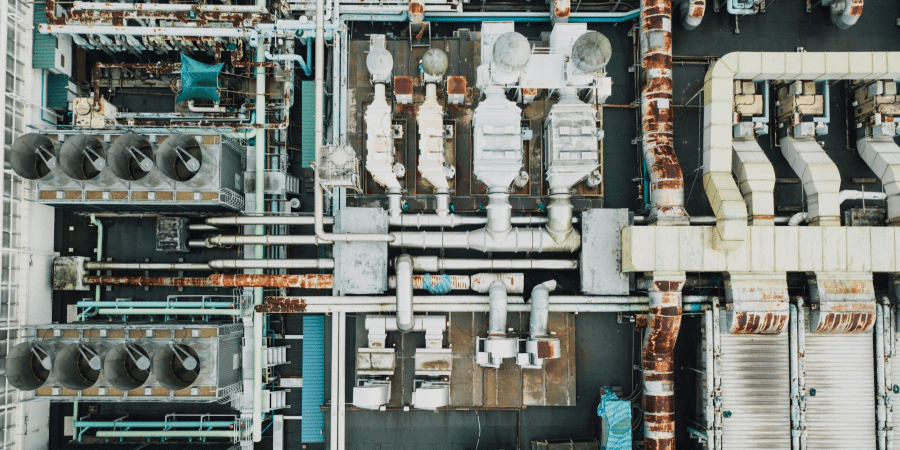Image Commercially Licensed From: DepositPhotos
Analyzing the Revitalization of the Manufacturing Sector
The resurgence of the manufacturing sector has significant implications for the broader economy, encompassing factors such as job creation, GDP contribution, and regional economic development.
In recent times, the manufacturing industry has experienced a notable resurgence, with far-reaching economic consequences. This article delves into the multifaceted impacts of this resurgence, shedding light on how it influences job creation, contributes to the Gross Domestic Product (GDP), and fosters regional economic development.
Job Creation in the Wake of Manufacturing Revival
The revitalization of the manufacturing sector is a catalyst for job creation, addressing a crucial aspect of economic prosperity. As factories and production facilities expand, there is a surge in demand for skilled and unskilled labor, offering employment opportunities to a diverse workforce. This surge not only directly impacts those working within the manufacturing sector but also creates a ripple effect across related industries, amplifying the overall employment rate.
GDP Contribution: A Key Indicator of Economic Health
An integral aspect of the manufacturing resurgence is its substantial contribution to the Gross Domestic Product (GDP). As manufacturing activities escalate, so does the overall economic output of the nation. The production of goods on a larger scale translates into increased revenue, thereby bolstering the GDP. This economic indicator serves as a barometer of a nation’s economic health, and a thriving manufacturing sector undoubtedly plays a pivotal role in fostering robust GDP growth.
Regional Economic Development: A Domino Effect
Beyond individual employment and GDP figures, the manufacturing revival sets off a domino effect in regional economic development. The growth of manufacturing facilities attracts ancillary industries, suppliers, and support services, creating a network of interconnected economic activities. This, in turn, contributes to the development of entire regions, transforming them into economic hubs with increased infrastructure, improved living standards, and enhanced opportunities for the local population.
Contrarian Statement: Potential Challenges Amidst Resurgence
While the revitalization of the manufacturing sector brings forth numerous economic benefits, it is essential to acknowledge potential challenges. Increased production may lead to environmental concerns, such as heightened carbon emissions and resource depletion. Balancing economic growth with sustainability becomes a critical consideration, highlighting the importance of adopting eco-friendly practices within the manufacturing landscape.
Summarizing the Economic Landscape Amidst Manufacturing Resurgence
In conclusion, the resurgence of the manufacturing sector exerts far-reaching impacts on the economy. The creation of employment opportunities, substantial contributions to the GDP, and the facilitation of regional economic development paint a positive picture. However, it is crucial to approach this resurgence with a nuanced perspective, recognizing and addressing potential challenges to ensure sustainable growth. As the manufacturing landscape evolves, its role in shaping the economic trajectory of nations cannot be overstated.











